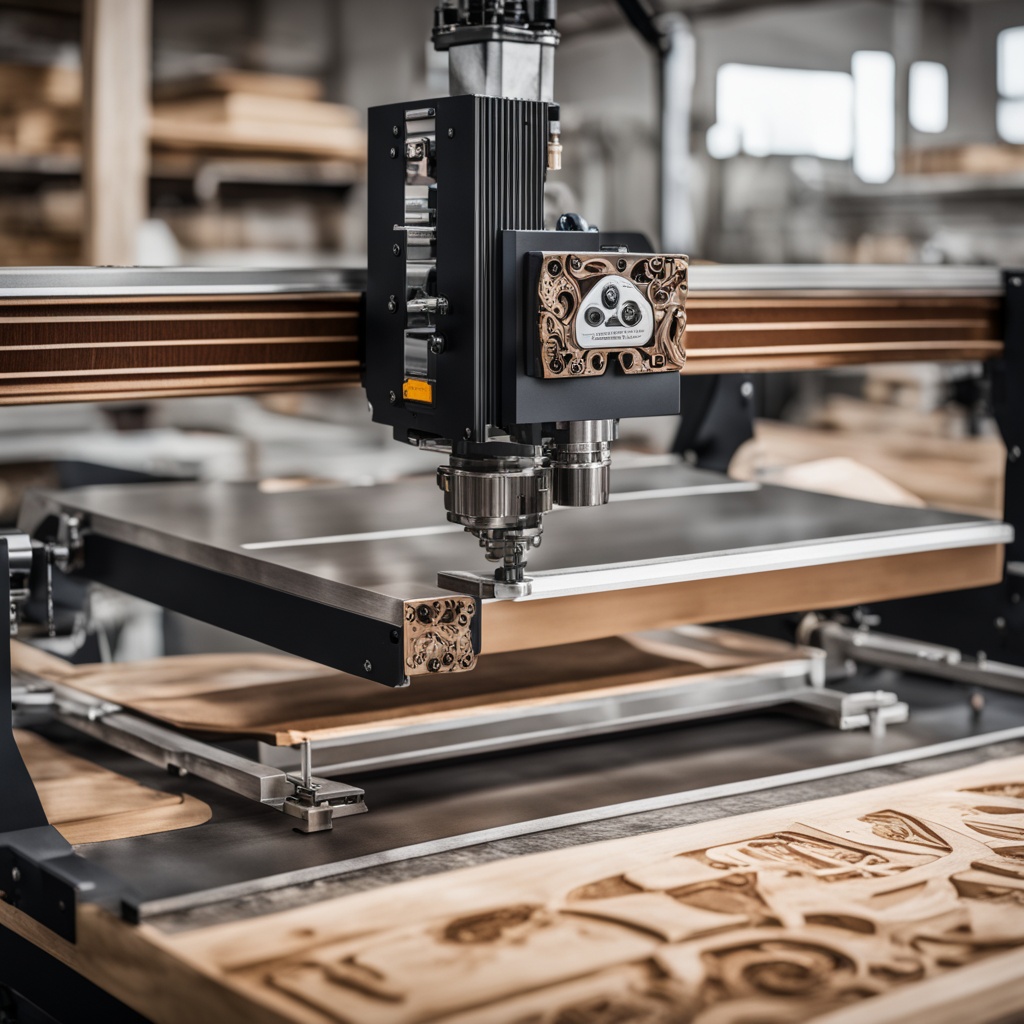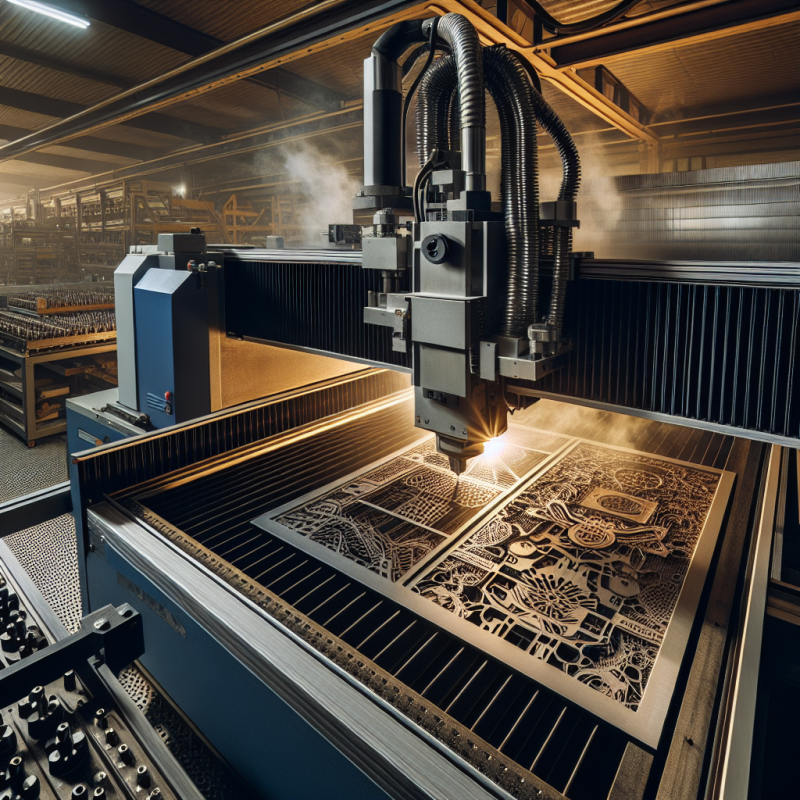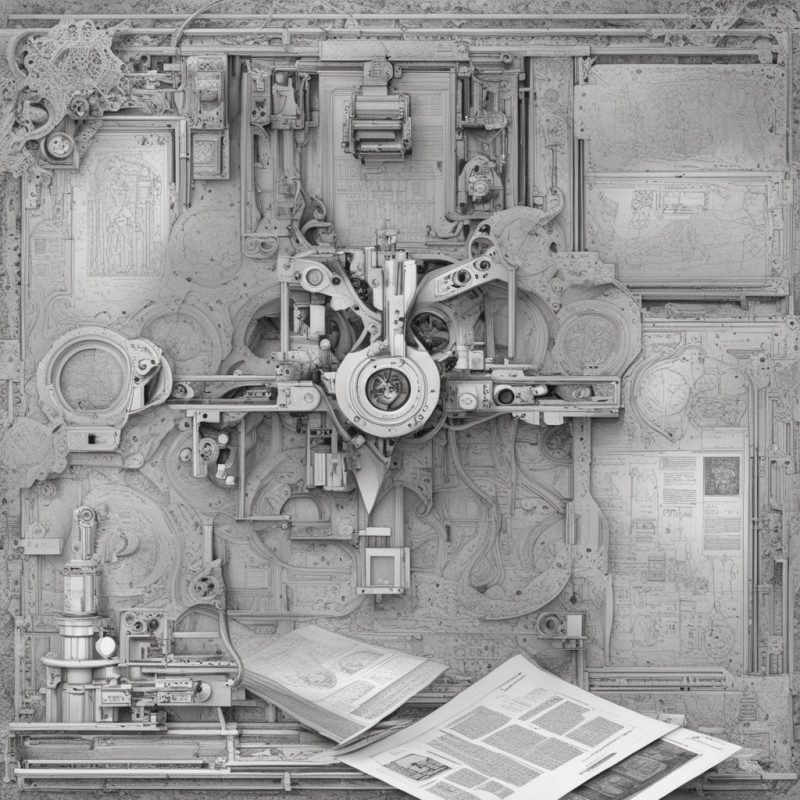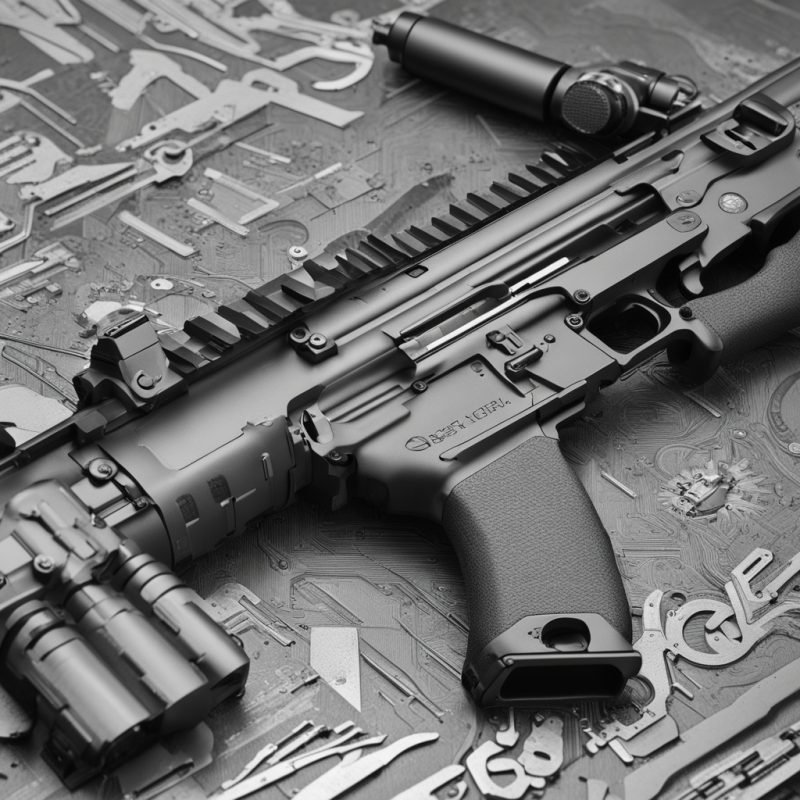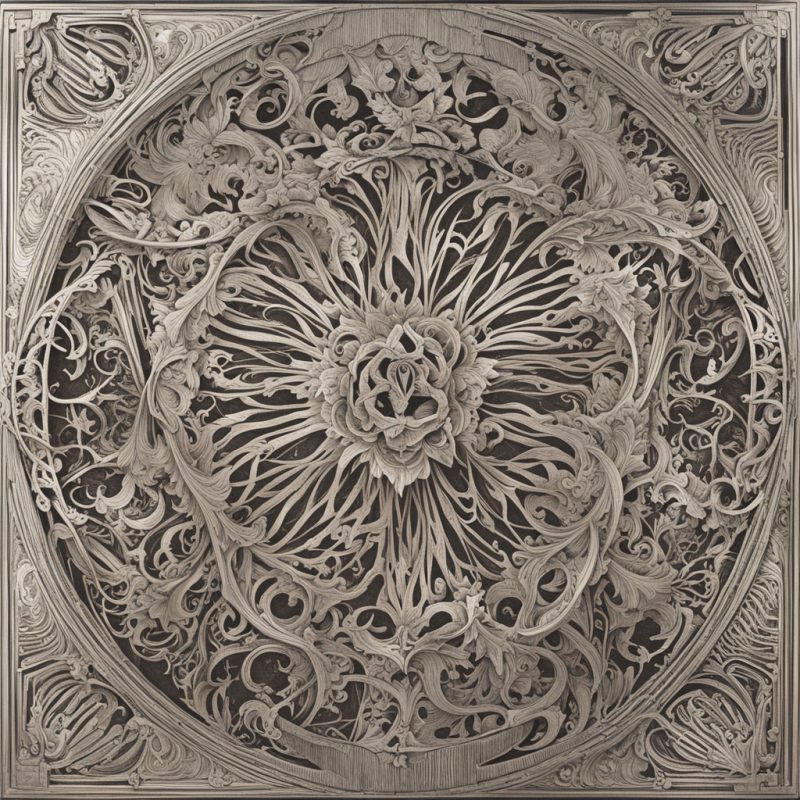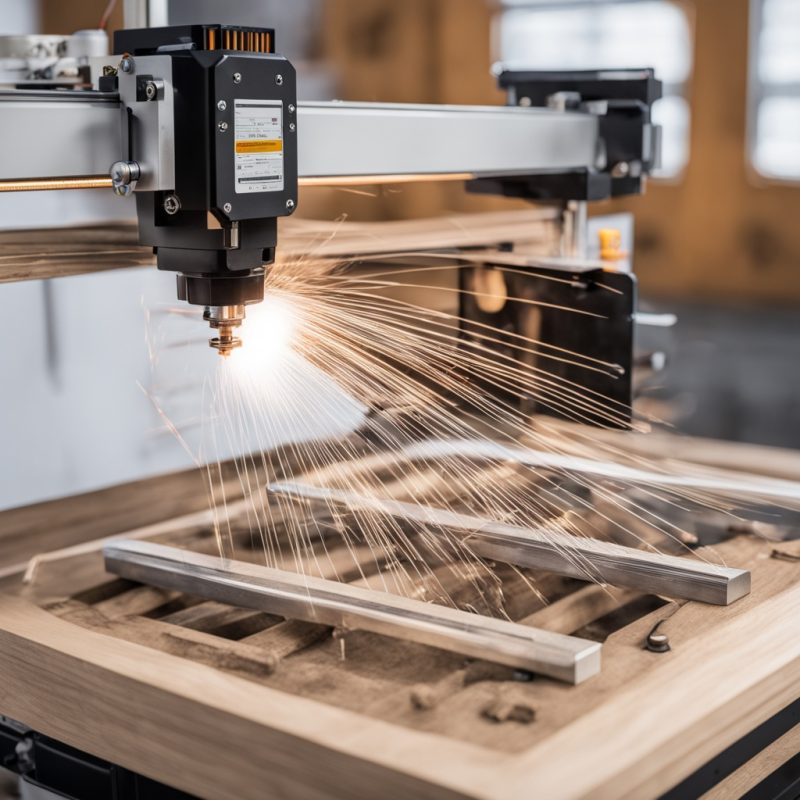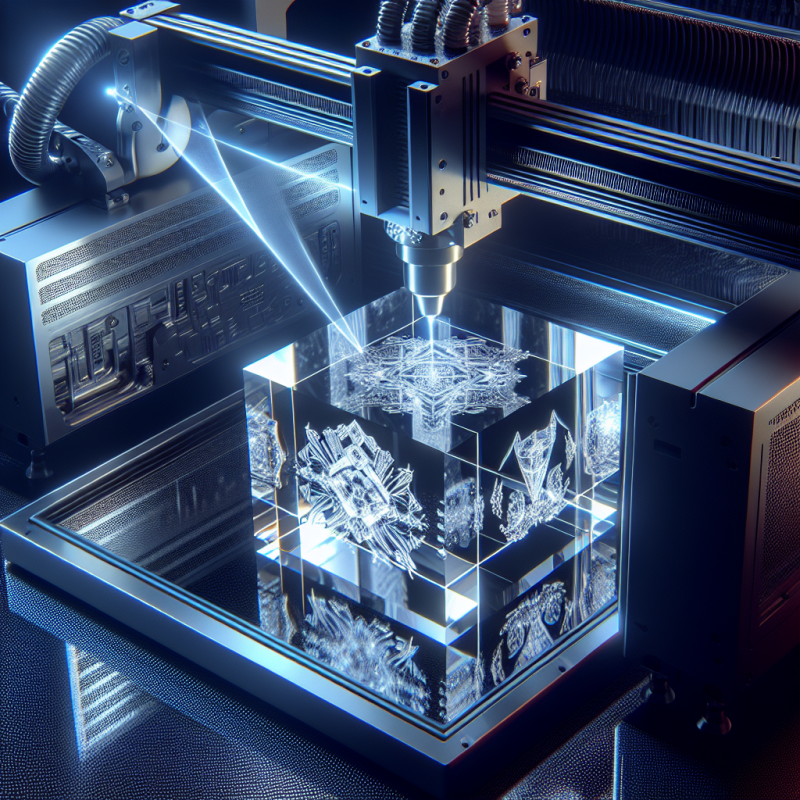Fonts for Laser Engraving
Laser engraving technology has revolutionized the way we personalize and decorate various materials. From intricate designs on leather goods to elegant text on wooden plaques, the possibilities are endless. At the heart of this technology lies the choice of fonts for laser engraving, which significantly impact the final outcome of any project. This article delves into the intricacies of laser engraving, focusing on machine specifications, material compatibility, safety considerations, industry best practices, cost-benefit analysis, maintenance tips, and innovative project ideas.
Laser Engraving Technology and Applications
Laser engraving involves the use of high-intensity laser beams to remove material from a surface, creating precise and detailed designs. This non-contact process allows for intricate patterns and fonts for laser engraving to be etched onto a wide range of materials, including wood, leather, metals, glass, and plastics. The technology finds applications across diverse industries, from personalized gifts and jewelry to automotive parts and medical devices.
Laser engraving machines come in various sizes and specifications, catering to different needs. Key features to consider include laser power, beam quality, engraving speed, and software compatibility. High-power lasers can cut through thicker materials and achieve deeper engravings, while beam quality determines the precision and clarity of the engraved fonts and designs. Software compatibility ensures that users can easily import and manipulate their designs before engraving.
Machine Specifications and Features
When selecting a laser engraving machine, it’s crucial to match its specifications to your intended applications. For instance, if you plan to engrave on leather, a machine with a lower laser power might suffice, as leather is relatively soft. However, for metals or glass, a higher-power laser is necessary to achieve clean and precise cuts.
- Laser Power: Determines the depth and speed of engraving. Higher power lasers are suitable for thicker materials and deeper engravings.
- Beam Quality: Affects the precision and clarity of the engraved fonts and images. A high-quality beam ensures sharp and detailed results.
- Engraving Speed: Balances between power and efficiency. Faster speeds can be achieved at the cost of some precision.
- Software Compatibility: Enables users to work with various design software, facilitating easy import and manipulation of fonts and graphics.
Material Compatibility
Laser engraving machines can work with a multitude of materials, each with its own unique properties. Wood, for example, is popular due to its natural beauty and ease of engraving. Leather offers a luxurious feel and is often engraved with personalized messages or logos. Metals, such as stainless steel and aluminum, provide durability and can be engraved with fine details. Glass and plastics offer versatility in terms of color and transparency.
When choosing a material, consider factors such as laser absorption, thermal properties, and the desired finished look. Some materials may require special coatings or pretreatments to enhance laser absorption and achieve the best results. For instance, certain woods may benefit from being finished with a laser-friendly varnish to prevent burning and enhance the contrast of the engraved fonts and patterns.
Safety Considerations
Laser engraving machines operate using high-intensity laser beams, which can pose serious safety risks if not handled properly. Safety glasses designed for laser protection are mandatory to shield the eyes from laser radiation. Additionally, operators should wear appropriate clothing to cover exposed skin and avoid wearing flammable materials.
The workspace should be free of any combustible materials and equipped with proper ventilation to prevent the accumulation of laser-generated fumes. Machines should be operated only by trained personnel who understand the potential hazards and know how to respond in case of an emergency. Regular safety checks and maintenance are crucial to ensure the machine operates within safe parameters.
Industry Best Practices
Achieving professional-quality laser engravings requires adhering to industry best practices. This includes using high-resolution design files, selecting appropriate fonts and graphics, and optimizing laser settings for each material. Regularly cleaning the lens and focusing the laser beam ensures precise and consistent results.
Using a vector-based design software, such as Adobe Illustrator or CorelDRAW, allows for scalability and precise control over fonts and shapes. It’s also important to test different settings on scrap materials before starting a project to avoid wasting valuable resources.
Cost-Benefit Analysis
Laser engraving machines can be a significant investment, but their versatility and precision make them a valuable addition to many businesses. The cost of a machine varies based on its specifications and features, with higher-power models typically costing more. However, the ability to personalize and customize products can increase their perceived value and marketability.
In terms of operational costs, laser engraving is relatively efficient. Materials like wood and leather are cost-effective, and the laser beam’s precision minimizes waste. Additionally, once the initial investment in a machine is made, the ongoing costs are primarily limited to maintenance and consumables such as lenses and filters.
Maintenance Tips
Proper maintenance is crucial for extending the lifespan and performance of laser engraving machines. Regularly cleaning the lens ensures optimal beam quality and clarity of engraved fonts and images. The machine’s internal components should be inspected for dust and debris, and any necessary replacements or repairs should be carried out promptly.
- Lens Cleaning: Use a lens tissue and appropriate cleaning solution to remove dust and residue.
- Mirror Alignment: Check and adjust the mirrors periodically to ensure the laser beam travels correctly.
- Ventilation: Keep the workspace well-ventilated to prevent the build-up of laser-generated fumes.
- Software Updates: Regularly update the machine’s software to benefit from the latest features and improvements.
Project Ideas and Tutorials
Laser engraving opens up a world of creative possibilities. From personalized gifts and home decor items to promotional materials and artistic installations, the sky’s the limit. Here are a few project ideas to inspire you:
- Custom Leather Goods: Engrave personal messages, logos, or intricate designs onto leather wallets, belts, or journal covers.
- Wooden Keepsakes: Create personalized wooden plaques, picture frames, or coasters with meaningful fonts and graphics.
- Metal Jewelry: Engrave names, dates, or patterns onto stainless steel or aluminum jewelry pieces.
- Glass Art: Create etched glass panels, vases, or coasters with beautiful and


